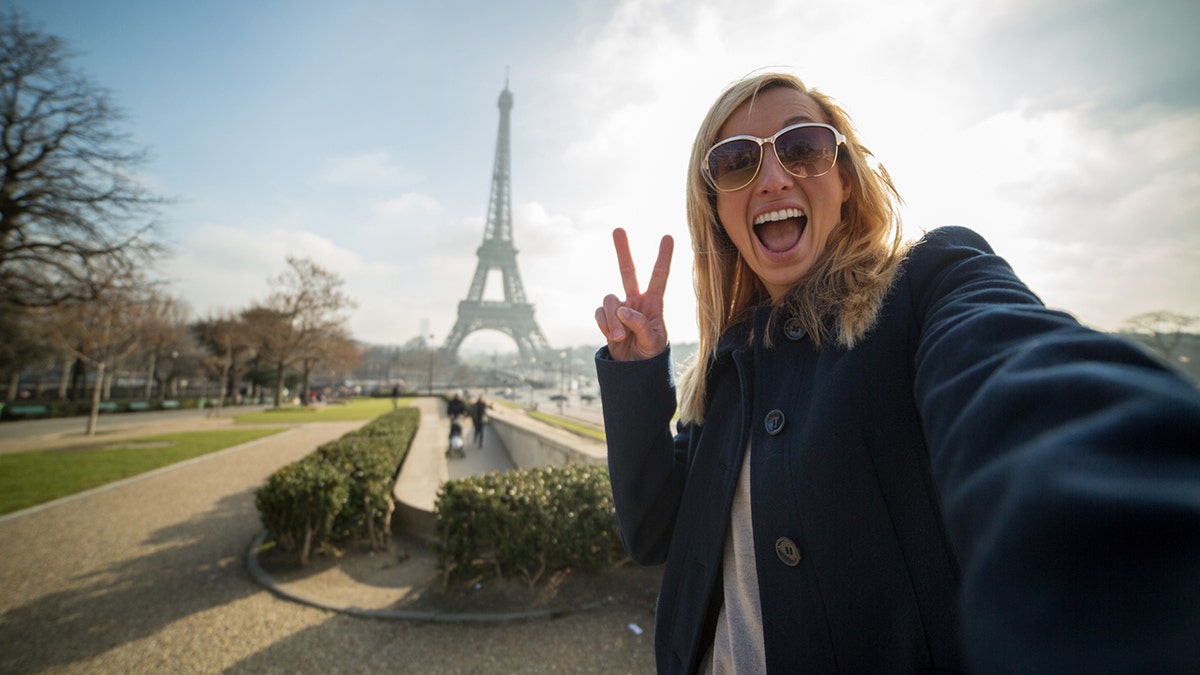Coronavirus: Best practices for safe air travel
Doctor Sachin Nagrani, the Medical Director for Heal, delivers advice on how to mitigate the risks of flying during the coronavirus pandemic. He explains why personal behavior is critical to staying safe, as well as the best strategies to maintain social distancing at the gate, through boarding and on an airplane.
Some of the best and biggest global landmarks don’t allow personal photography of any kind, so depending on where you're headed, you might need to ditch the camera.
A picture is worth a thousand words … but not at these destinations throughout the world.
The Sistine Chapel
The Sistine Chapel in Vatican City is one of the most popular tourist attractions in the world, which is why it’s a bummer that tourists aren’t allowed to take photos or videos inside. The chapel went under restoration work from 1980 to 1994, which was funded by the Nippon Television Network Corporation of Japan. The price tag ended up being $4.2 million. In return, Nippon got exclusive rights to film and photograph the artwork. That copyright actually expired three years after each part of the restoration was complete, but the Vatican decided to keep the photography ban in place to protect the precious artwork from harmful camera flashes.
Westminster Abbey
Westminster Abbey isn’t just a gorgeous Gothic church; it’s been the coronation church of British monarchs since 1066. Yet no matter how historic or breathtaking it may be, you’re not allowed to take photos inside. Luckily, there’s a pretty good reason for it, according to the church’s website: “We want you to take in its unique beauty and history without the distractions that widespread photography would bring. We want to retain the sacred and intimate atmosphere of a building which is, above all, a living, working church.” You are able to take photos inside the Cloisters, Chapter House, and College Garden.
More From Reader's Digest
The Eiffel Tower
If you’re planning a romantic getaway to Paris, don’t think about posting a selfie in front of the Eiffel Tower after dark. Taking nighttime photos of the Eiffel Tower is technically illegal, but the issue isn’t with the building itself. The light show on the Eiffel Tower, installed by Pierre Bideau in 1985, is actually an artistic display and protected by copyright, Snopes.com explains. And since the lights shimmer every five minutes from dusk to 1 a.m. — and a dark tower without lights isn’t all that photogenic — snapping a night photo that doesn’t violate the copyright is hardly possible nor desirable.

This is still totally fine, if a bit uninspired. (iStock)
Taj Mahal
Many people incorrectly think that the Taj Mahal in India is a mosque or a palace. In reality, it’s a mausoleum, commissioned by the Mughal emperor Shah Jahan to hold the remains of his late wife. As such, photography is prohibited inside the main mausoleum, and visitors are asked to keep quiet while inside. Check out these international laws you never knew were real.
Supreme Court
While you’re visiting the Supreme Court in Washington, D.C., you can certainly take personal photos of the public spaces. However, photography inside the Courtroom during a proceeding, which is most likely the reason you came to the Supreme Court in the first place, is prohibited, thanks to Federal Rule 53. It states: “Except as otherwise provided by a statute or these rules, the court must not permit the taking of photographs in the courtroom during judicial proceedings or the broadcasting of judicial proceedings from the courtroom.” This is the most historic landmark in each U.S. state.





















